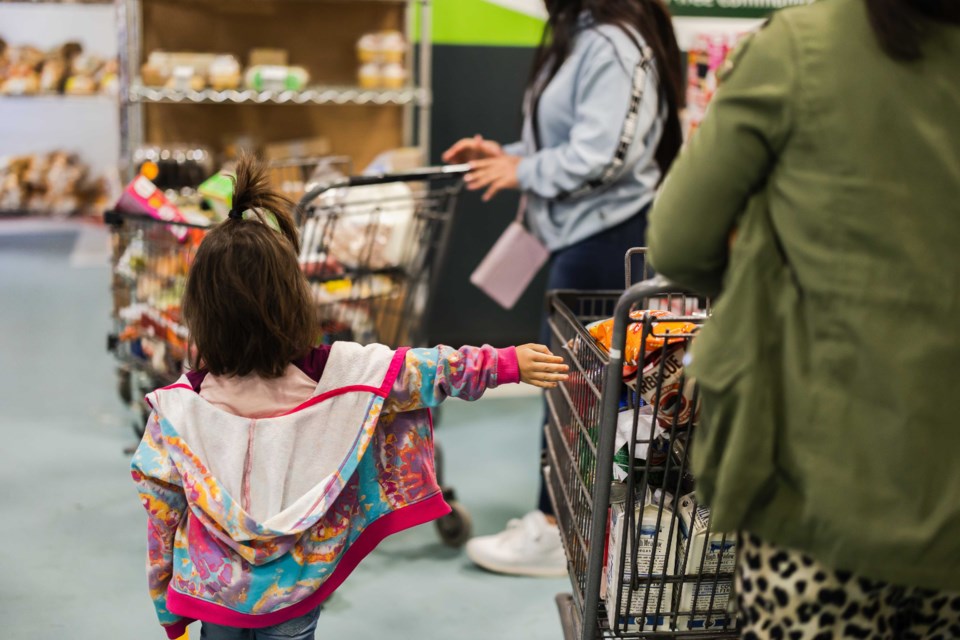Supplemental Nutrition Assistance Program, or SNAP, benefits were reduced on March 1 by an average of $90 per person per month. The consequence has been a reduction in the services food banks can provide.
“Pretty much immediately following the cut to benefits we saw spikes in demand,” said Trevor Bosetti, senior marketing manager for Community Food Share.
Community Food Share works to eliminate hunger in Boulder and Broomfield counties by collecting and distributing food to over 40 nonprofit organizations. Those organizations then distribute groceries and meals to community members in need.
Immediately after SNAP benefits decreased, Community Food Share recorded 180 people enrolling in the program up from 140 the previous month.
“That was a spike we had not seen in recent history here,” Bosetti said adding the nonprofit began recording this data in 2019. “Since then, the demand really hasn’t gone down.”
Community Food Share has several services included in this data that include onsite pantries, mobile pantries and elder share. Since March each program has seen at least a 30% increase in demand compared to 2022 and 2021 numbers, Bosetti said.
In June the nonprofit set a record for how many households it has served in a one-month period by serving 4,289 unique individuals and households.
While Community Food Share never denies assistance it is struggling to keep up with the demand and as a result has had to reduce the amount of assistance each household or individual receives. In April, individuals who visited the onsite pantry received 24 fewer meals per visit. By June the numbers looked better, however, families still received 12 fewer meals per visit than in prior years, according to Bosetti.
“There’s still work to be done to ensure the food we’re able to distribute holds pace with the sharp increase in demand,” he said.
Community Food Share also helps people enroll in SNAP. This program began 18 months ago. In its 2023 fiscal year — which runs from July 1 to June 30 — Community Food Share assisted 703 residents with SNAP enrollment. In the six months prior to this fiscal year it assisted 235 residents with enrollment. These enrollment numbers generated $1,758,505 in SNAP benefits and attributed 405,185 meals to Community Food Share’s outreach.
“The need really is at an all-time high right now … One thing that COVID did was make people aware to hunger in communities across the country, across the world. Before that it was kinda under the rug. It’s been brought to the limelight but since COVID has been petering off, people may be thinking so is hunger … but the need is very much still there,” Bosetti said.


